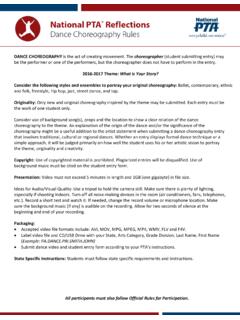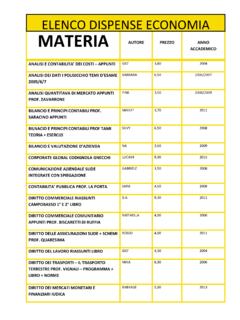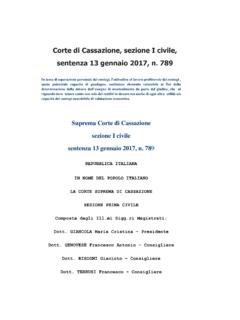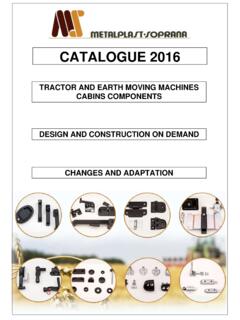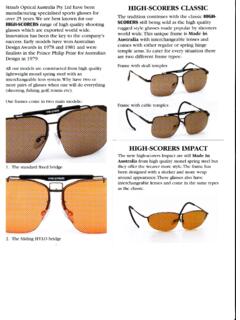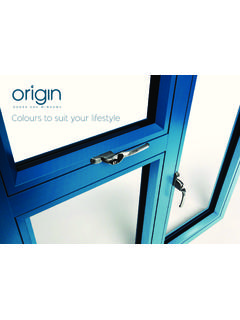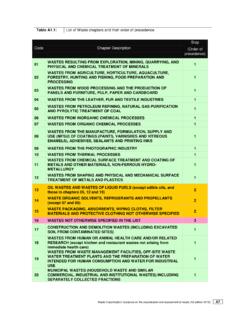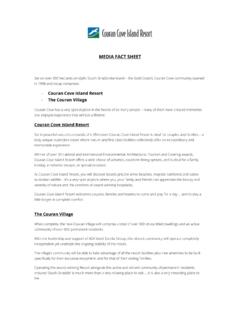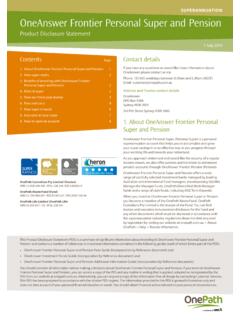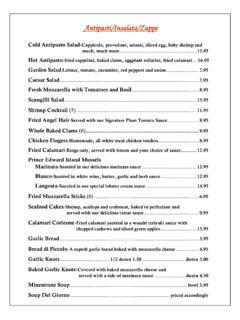Transcription of NIHSS Checklist
1 NIHSS Checklist The national Institutes of health stroke scale ( NIHSS ) is a standardized tool for assessing the severity of neurological deficits in suspected ischemic stroke . Practitioners who are documenting an NIHSS score should have completed a certification program (available for free online). The steps of the NIHSS are summarized here, adapted from the Canadian Best stroke Practices pocket card (also available online). o Wash your hands o Introduce yourself to the patient o Drape patient appropriately o Set of vitals scale Component Scoring 1a. Level of consciousness 0 = Alert o Ask a brief question such as are you 1 = Not alert, rousable with minimal stimulation comfortable?
2 Or do you have any pain? 2 = Not alert, requires repeated stimulation 3 = Not rousable 1b. LOC Questions 0 = Answers both correctly o What month is it? 1 = Answers one correctly o How old are you? 2 = Answers both incorrectly *Score only first attempt, do not coach 1c. LOC Commands 0 = Does both correctly o Open and close your eyes 1 = Does one correctly o Grip and release your hand 2 = Does neither correctly *Score only first attempt; do not coach 2. Best gaze 0 = Normal o Ask patient to follow finger, moving to left 1 = Partial gaze palsy and right to assess horizontal gaze 2 = Forced deviation or total gaze paresis ( *If unable to follow commands, move your face NOT overcome by oculocephalic maneuver).
3 While maintaining eye contact 3. Visual fields 0 = No visual loss o Use number of fingers, finger movement, or 1 = Partial hemianopsia visual threat to check upper and lower lateral 2 = Complete hemianopsia quadrants of visual fields 3 = Bilateral hemianopsia 4. Facial palsy 0 = Normal symmetrical movement o Show me your teeth 1 = Minor paralysis (flattened nasolabial fold, o Raise your eyebrows asymmetry on smiling). o Shut your eyes tight 2 = Partial paralysis (lower face). *Ask and demonstrate 3 = Complete paralysis 5. Arm motor 0 = No drift o Ask patient to extend one arm with palms 1= Drift ( falls before 10 seconds).
4 Down to 90 if seated, 45 if supine, and hold 2 = Some effort vs gravity for 10 seconds 3 = No effort vs gravity o Repeat with opposite arm 4 = No movement *Score each limb separately UN = Amputation or joint fusion Adapted from Heart & stroke Foundation. Canadian Best stroke Practices: stroke Assessment and Prevention Pocket Cards. Accessed November 6, 2017. Available at scale Component Scoring 6. Leg motor 0 = No drift o Ask supine patient to lift one leg to 30 and 1= Drift ( falls before 5 seconds). hold for 5 seconds 2 = Some effort vs gravity o Repeat with opposite leg 3 = No effort vs gravity *Score each limb separately 4 = No movement UN = Amputation or joint fusion 7.
5 Limb ataxia 0 = Absent o Touch your finger to your nose 1 = Present in one limb o Touch your heel to your shin 2 = Present in two or more limbs o Repeat both on opposite side UN = Amputation or joint fusion 8. Sensory 0 = Normal o Have patient close eyes and tell you if they 1 = Mild-to-moderate sensory loss can feel pinprick on arms (not hands), legs 2 = Severe-to-total sensory loss (not feet), trunk, and face *Stuporous/aphasic 0 or 1. *If decreased LOC, use noxious stimulus *Quadiplegic /comatose patients 2. 9. Best language 0 = No aphasia o Describe what you see in this picture 1 = Mild-to-moderate aphasia o Read out these sentences 2 = Severe aphasia o Name the items in this picture 3 = Mute, global aphasia *See next page for reference *Intubated patients should be asked to write *Comatose patients 3.
6 10. Dysarthria 0 = Normal articulation o Read these words (see next page) 1 = Mild-to-moderate dysarthria *If visually impaired, ask to repeat words 2 = Severe dysarthria UN = Intubated or other physical barrier 11. Extinction and Inattention 0 = No abnormality o Ask patient to close eyes 1 = Visual, tactile, auditory, spatial, or personal o Tell me on which side you hear the sound inattention while rubbing fingers together near one ear, 2 = Profound hemi-inattention or extinction to then the other, then both more than one modality o Tell me on which side you feel my touch *Severe vision loss preventing visual double while touching one side of face/body, then simultaneous stimulation, but no other the other, then both evidence of extinction/inattention 0.
7 O Ask patient to look at your nose and then tell me on which side you see my fingers moving . while moving fingers on the far right of their visual field, then the far left, then both *Latter two steps can be incorporated into VF and sensory testing above The NIHSS is scored out of 42. *Score of <4 is associated with good outcome Adapted from Heart & stroke Foundation. Canadian Best stroke Practices: stroke Assessment and Prevention Pocket Cards. Accessed November 6, 2017. Available at Adapted from Heart & stroke Foundation. Canadian Best stroke Practices: stroke Assessment and Prevention Pocket Cards. Accessed November 6, 2017.
8 Available at Adapted from Heart & stroke Foundation. Canadian Best stroke Practices: stroke Assessment and Prevention Pocket Cards. Accessed November 6, 2017. Available at
